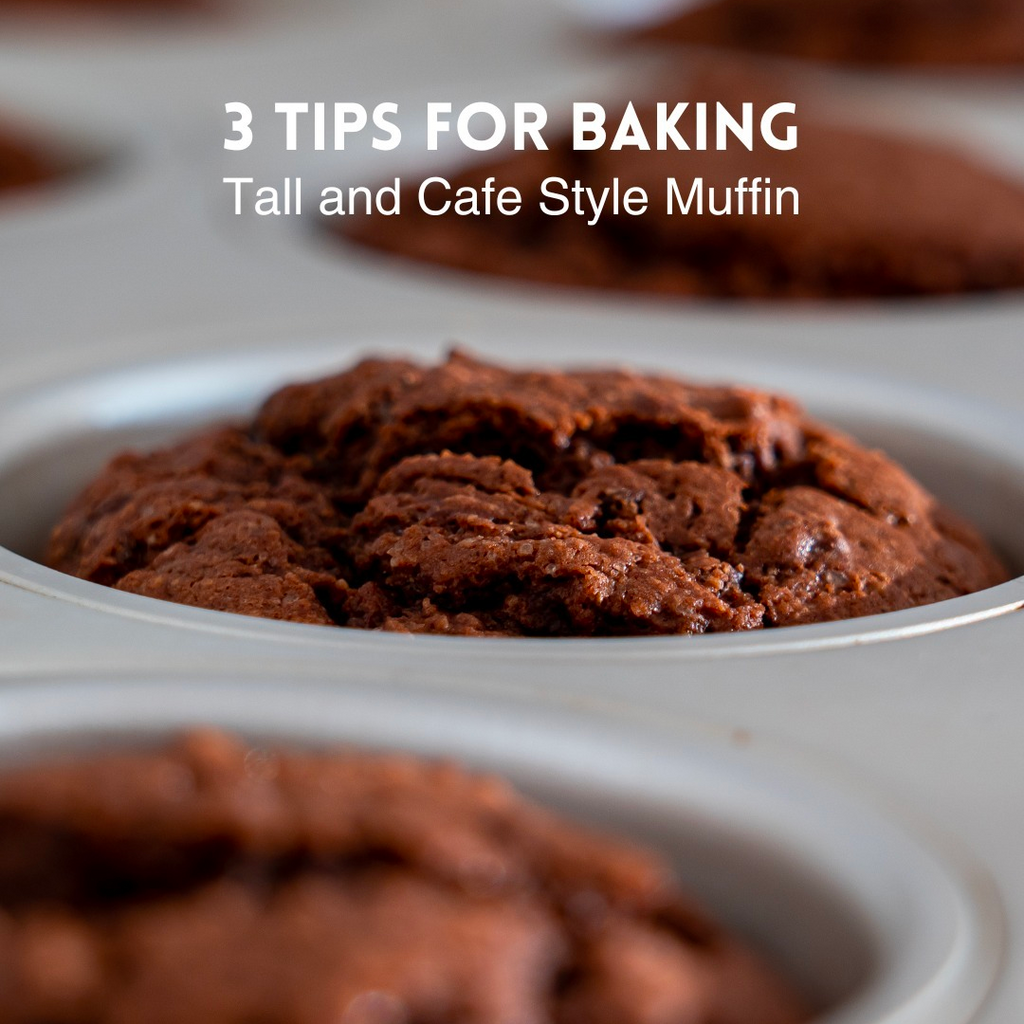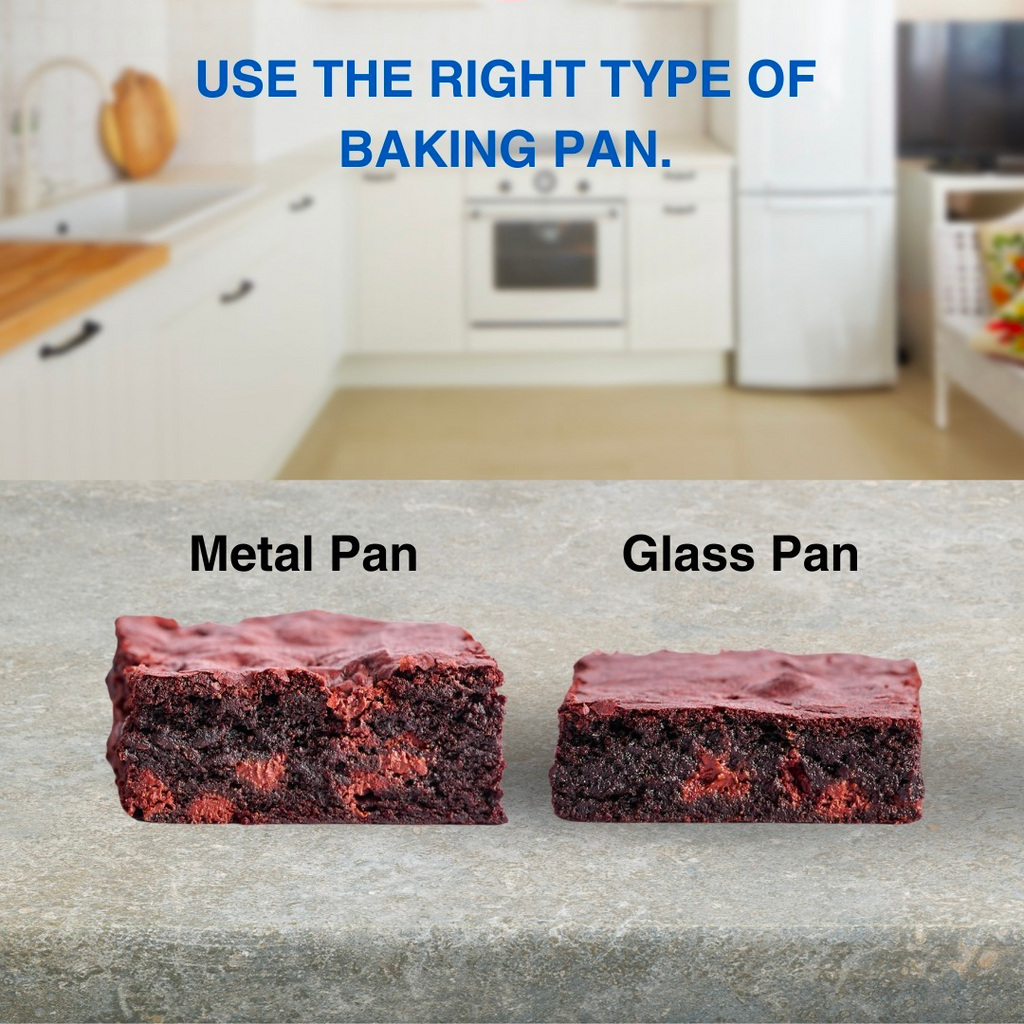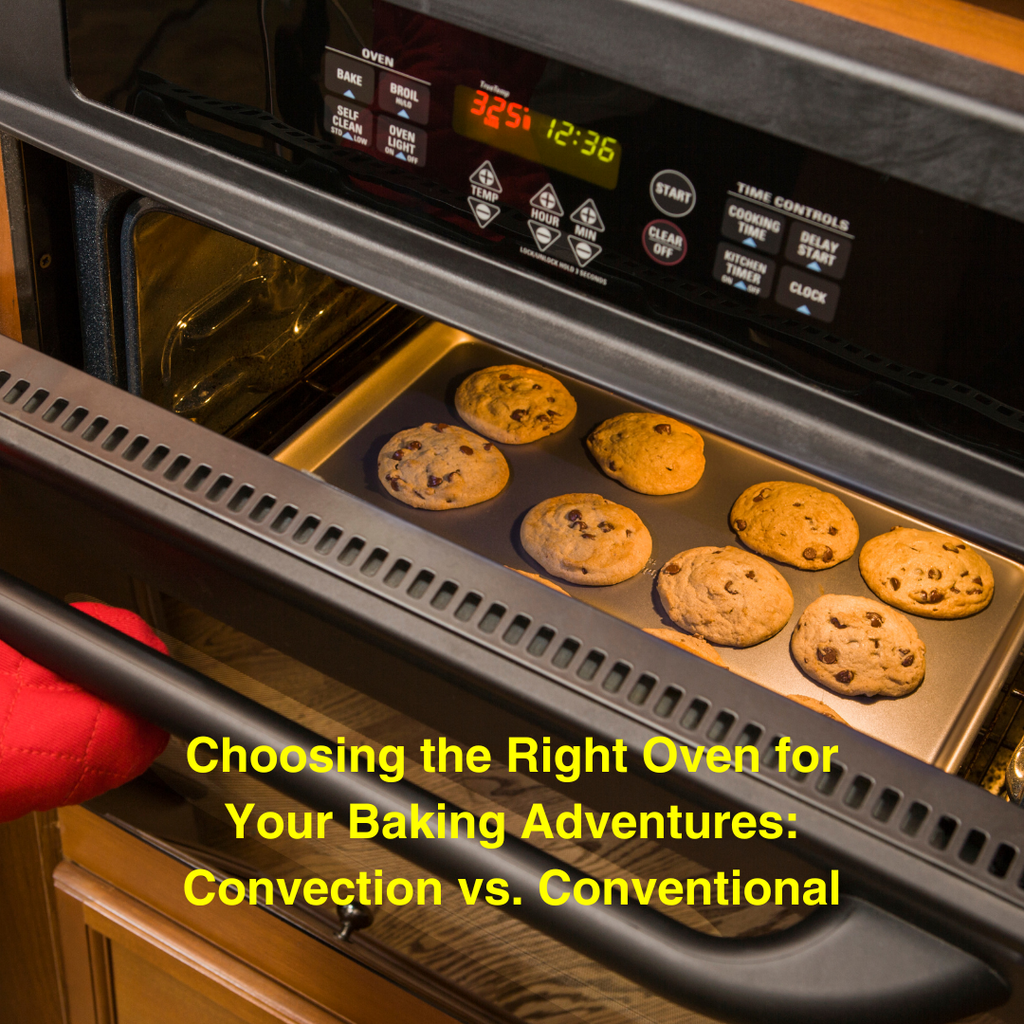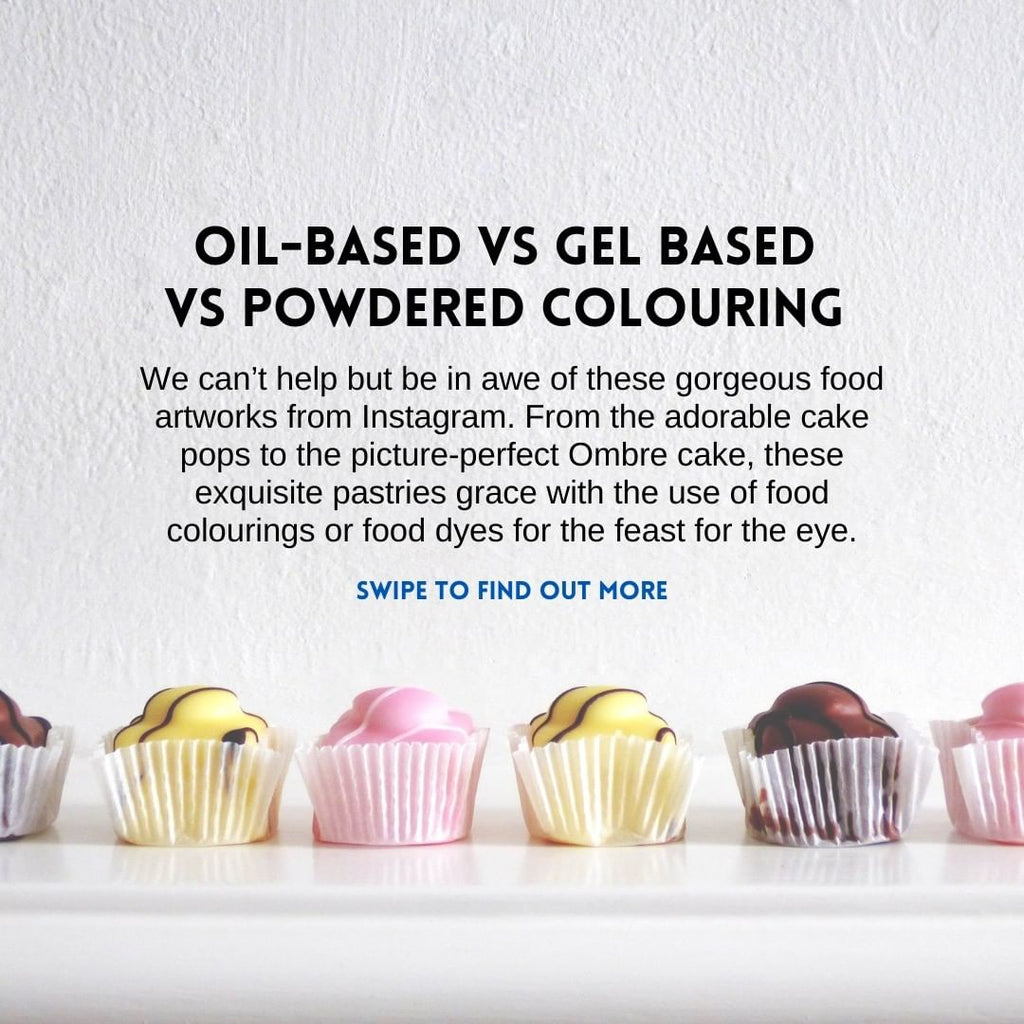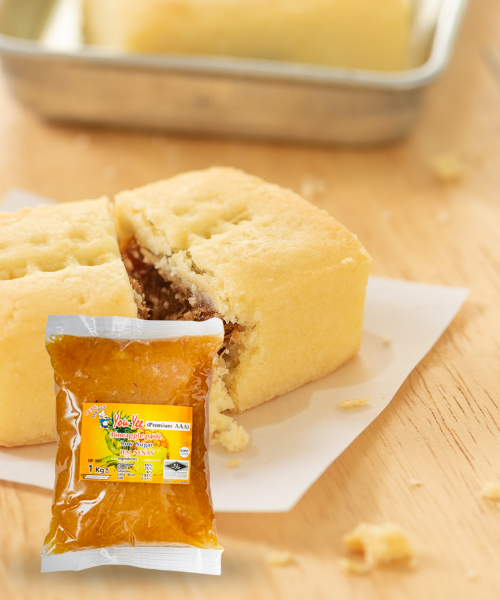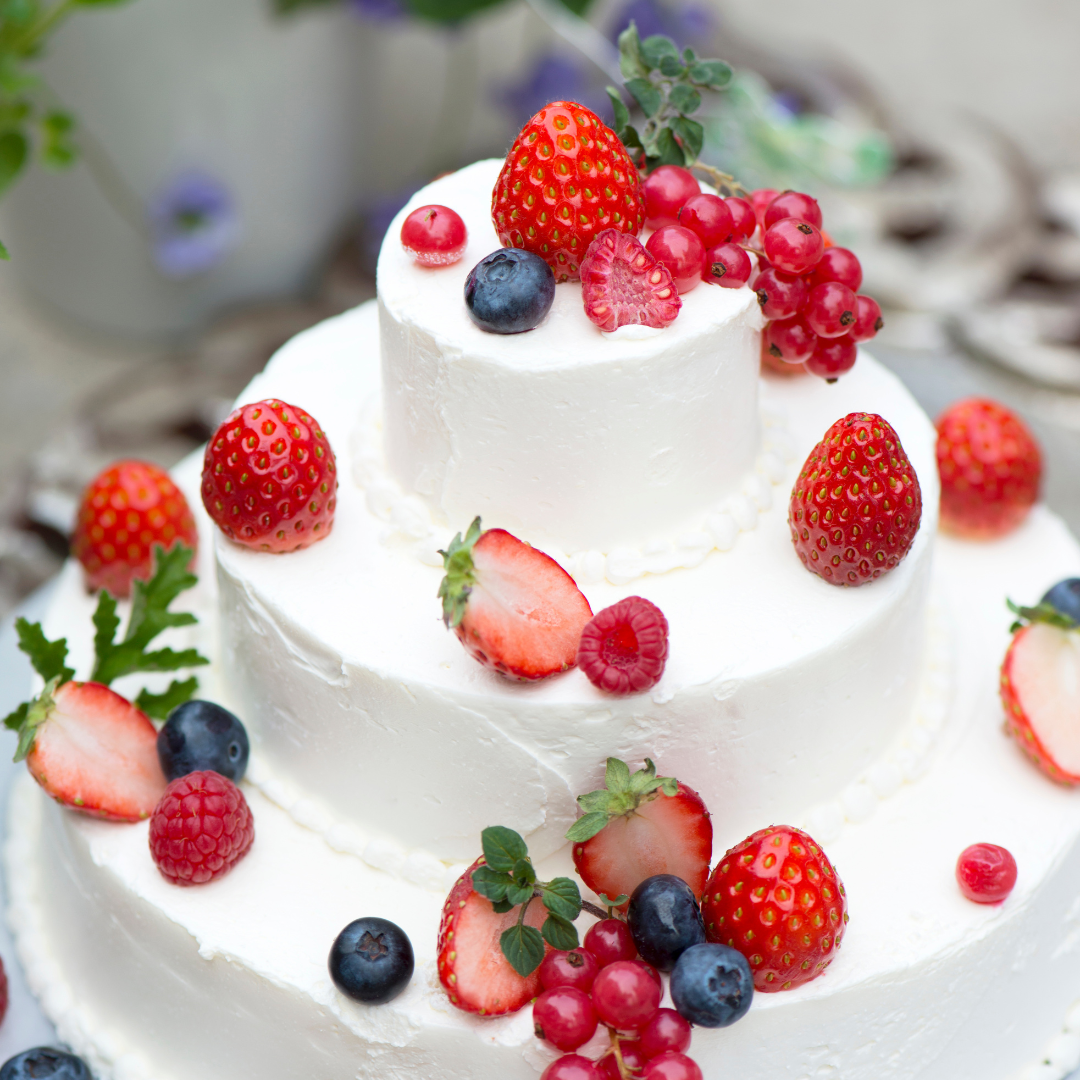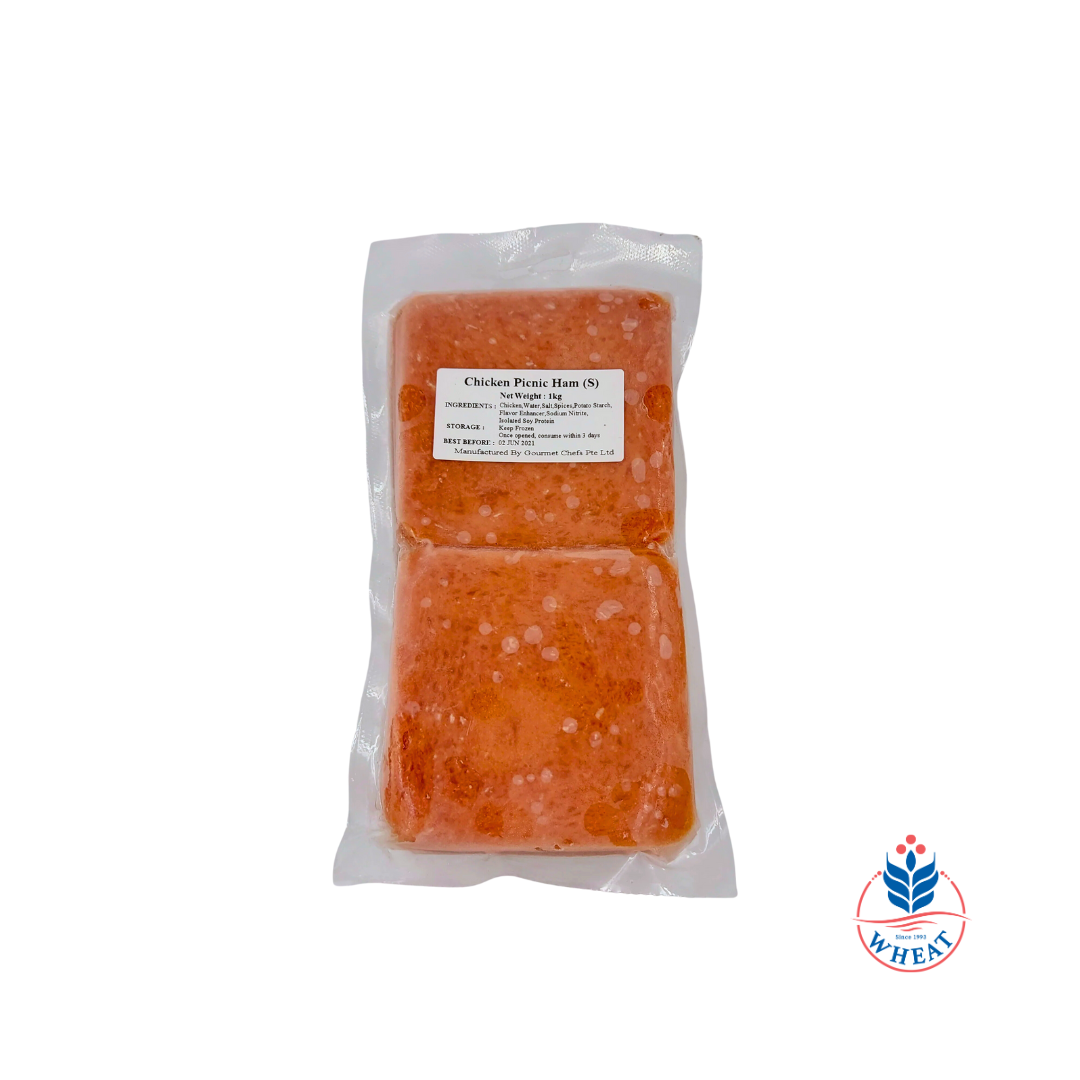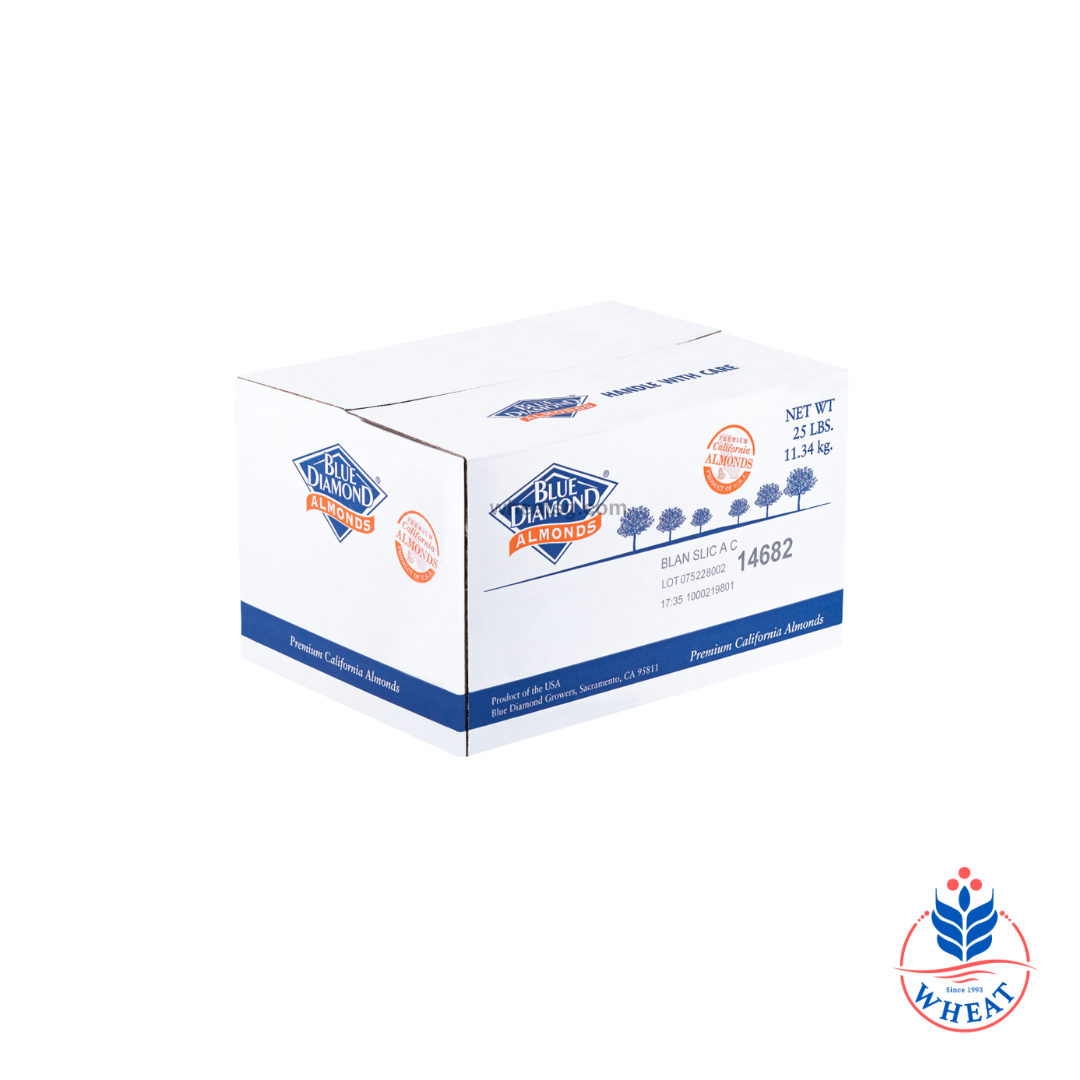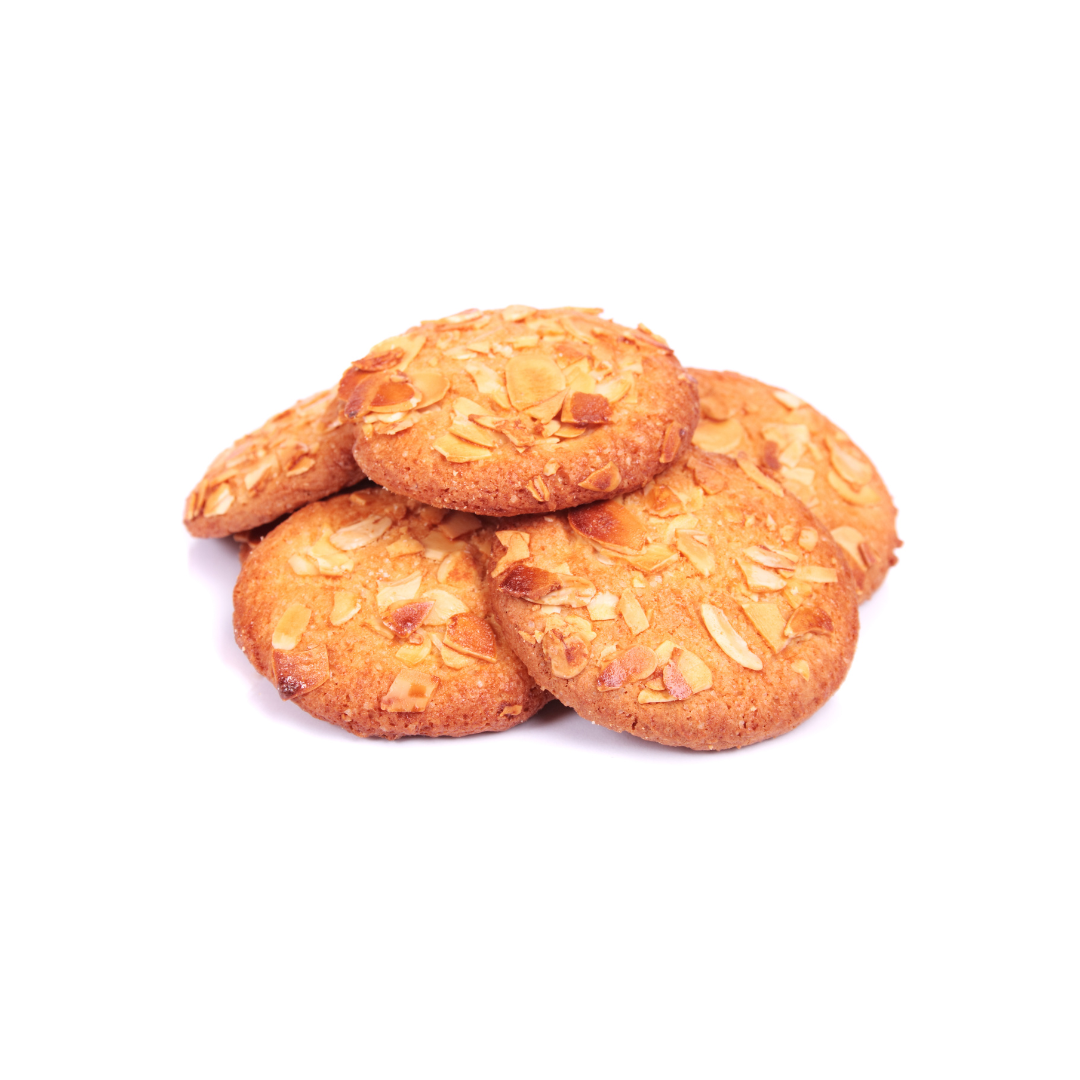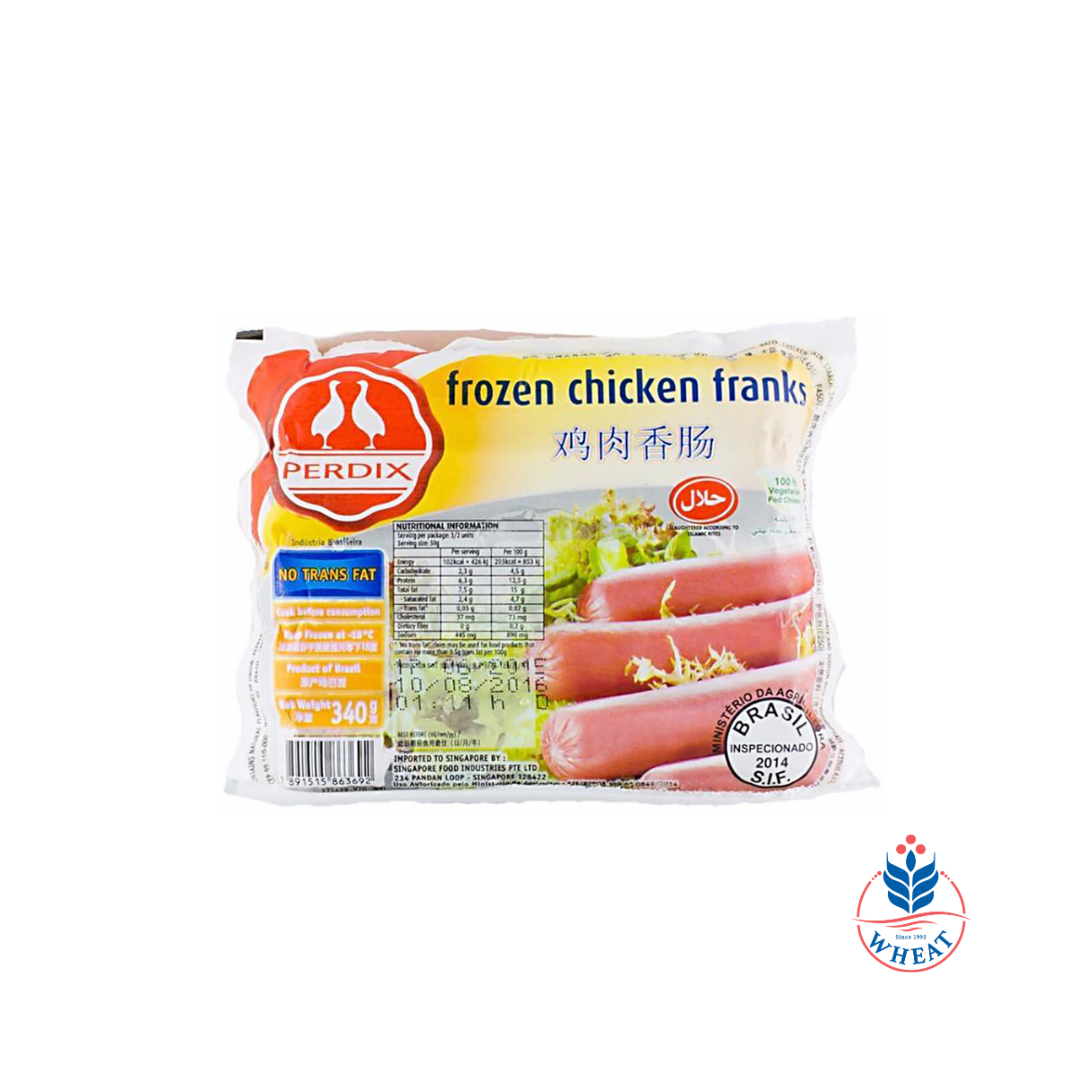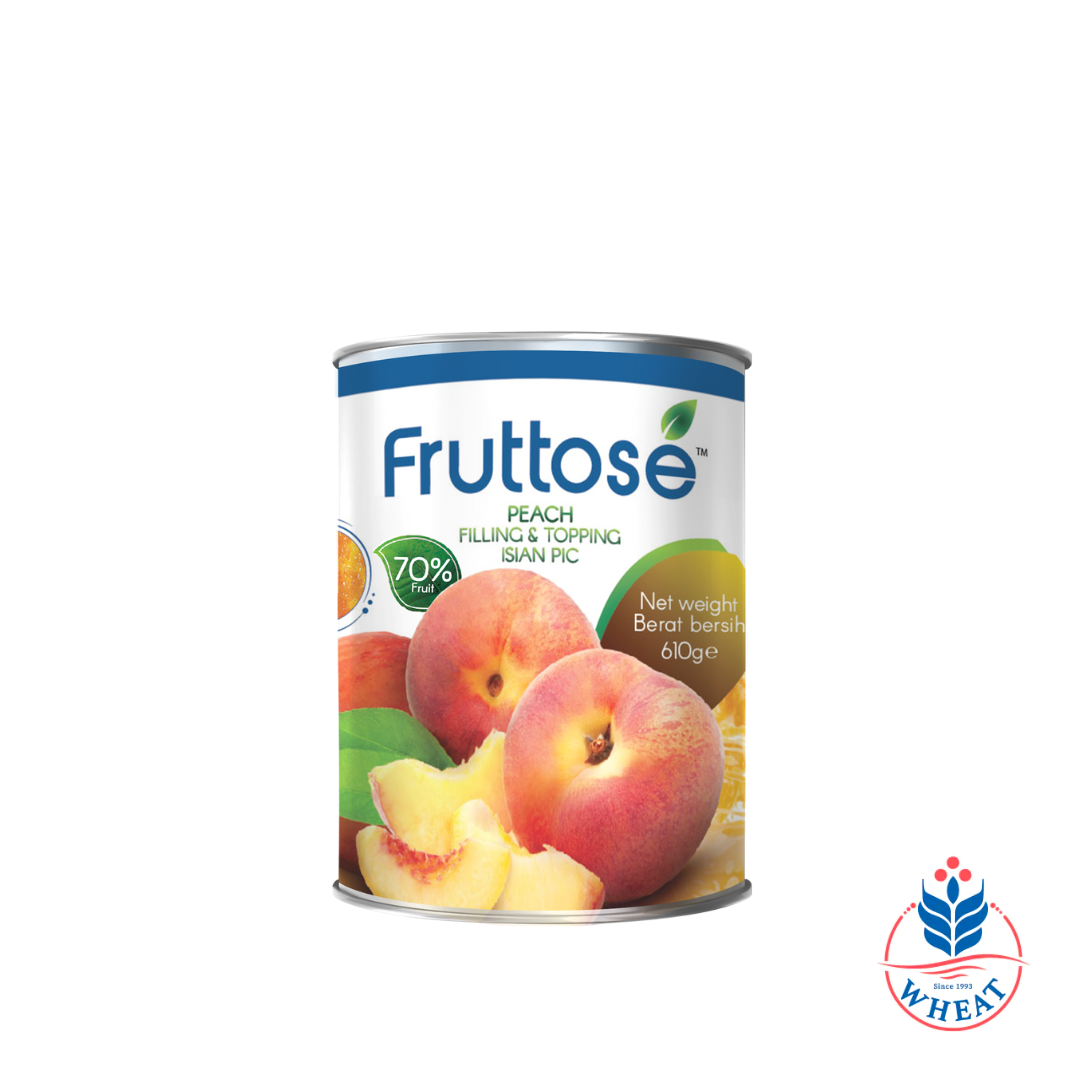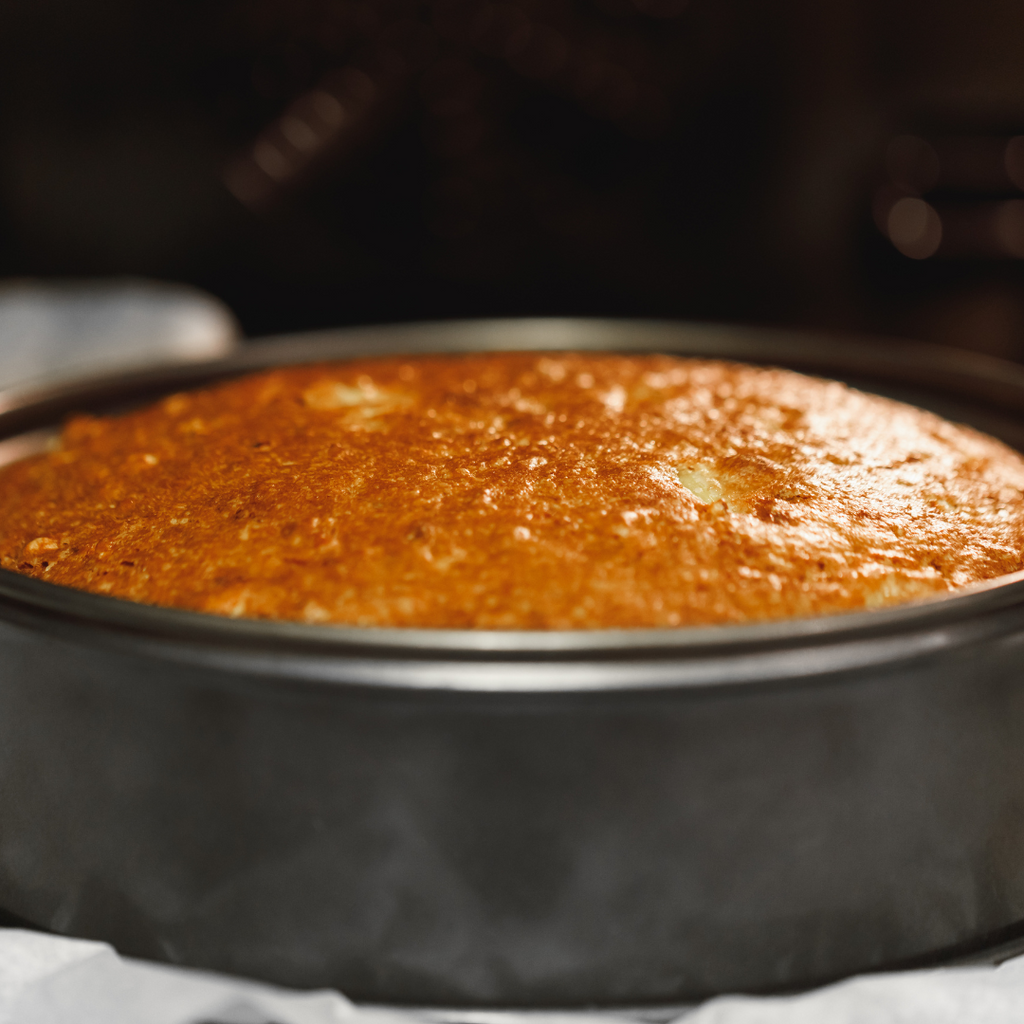
Navigating Cake Woes: Why Your Cake Sinks and How to Fix It

Navigating Cake Woes: Why Your Cake Sinks and How to Fix It
Baking, often dubbed as love made visible, can occasionally lead to unexpected frustrations, especially when your cake decides to sink in the middle. Let's delve into the reasons behind this culinary hiccup and discover effective solutions to ensure your baking endeavors rise to perfection.
Common Culprits for Sinking Cakes:
-
Premature Oven Door Opening:
- Resist the urge to open the oven door too early, as it can disrupt the cake's rise.
-
Abrupt Oven Door Closing:
- Be gentle when closing the oven door to avoid unnecessary disturbances.
-
Inaccurate Oven Temperature:
- Ensure the correct oven temperature by using a heat-proof oven thermometer.
-
Preheating Predicaments:
- Allow the oven to fully preheat before introducing your cake batter.
-
Ingredient Measurement Mishaps:
- Precise measurement matters; use a scale to avoid inaccuracies.
-
Leavening Agent Excess:
- Avoid overusing baking powder or baking soda, as excess can lead to erratic rising and subsequent sinking.
-
Expired or Inactive Baking Powder:
- Check the vitality of your baking powder; expired or inactive powder can compromise the cake's structure.
-
Incorrect Moisture Levels:
- Ensure accurate wet ingredients as per the recipe to maintain the desired moisture level.
-
Overbeating Batter:
- During the final mixing stage, avoid overbeating the batter, as it can negatively impact the cake's texture.
-
Extended Batter Sitting Time:
- If your batter lingers too long before baking, it may lose its leavening power.
-
Under Baking:
- Guarantee your cake is fully baked; an undercooked center can collapse.
-
Incorrect Pan Size:
- Match the pan size to the recipe specifications to achieve the intended structure.
Effective Solutions to Salvage Your Cake:
-
Patient Oven Monitoring:
- Refrain from opening the oven door until the cake is almost done to maintain a stable baking environment.
-
Gentle Oven Door Handling:
- Handle the oven door with care to prevent abrupt disruptions.
-
Temperature Verification:
- Verify the accuracy of your oven temperature with a reliable oven thermometer.
-
Precise Oven Preheating:
- Allow sufficient time for your oven to preheat thoroughly before introducing the cake batter.
-
Meticulous Ingredient Measurement:
- Use a scale for precise measurement, ensuring the right balance of ingredients.
-
Leavening Agent Moderation:
- Use the recommended amount of baking powder or baking soda to avoid excessive rising.
-
Vigilant Baking Powder Check:
- Confirm the freshness and potency of your baking powder.
-
Moisture Level Accuracy:
- Adhere to the recipe's wet ingredient measurements for optimal moisture levels.
-
Gentle Batter Folding:
- Fold the wet and dry ingredients together delicately, avoiding overbeating.
-
Timely Baking Batch Management:
- If your oven size is limited, bake in batches to prevent batter from sitting too long.
-
Thorough Cake Testing:
- Confirm your cake's readiness by using a skewer or toothpick; a clean withdrawal indicates a fully baked cake.
By addressing these issues and implementing the suggested solutions, you can bid farewell to sinking cakes and welcome consistently delightful baking outcomes. Happy baking!

